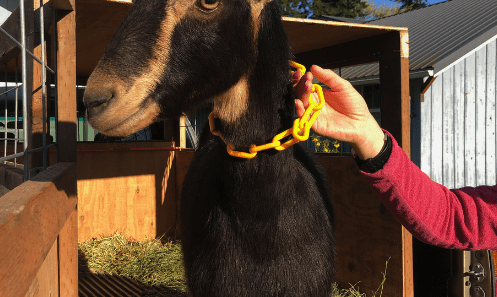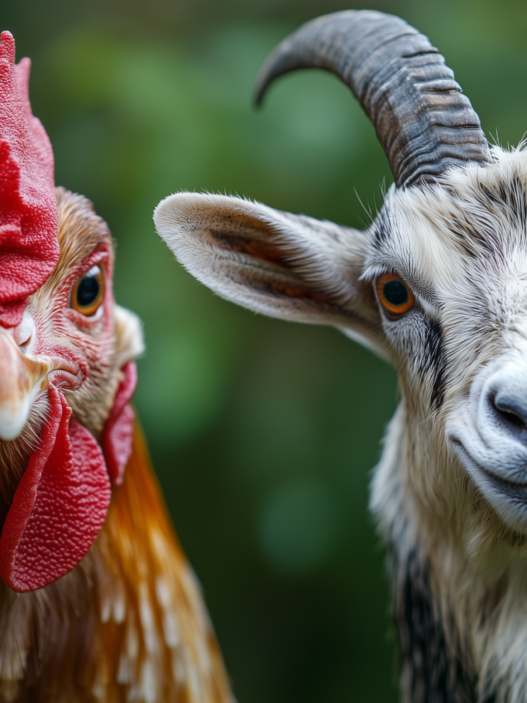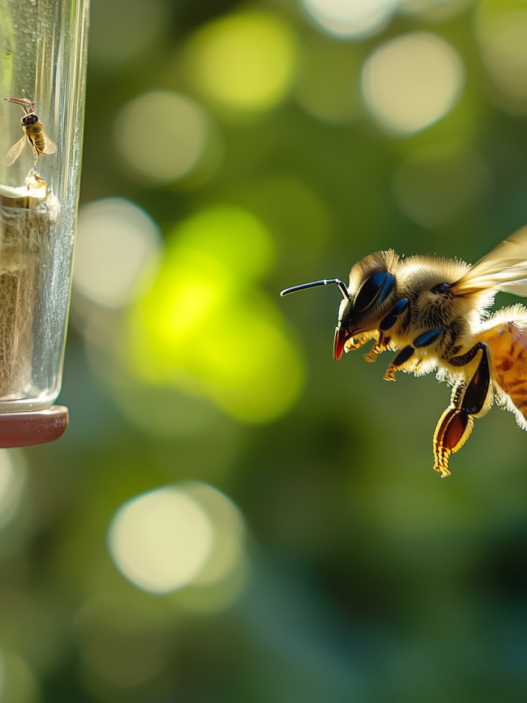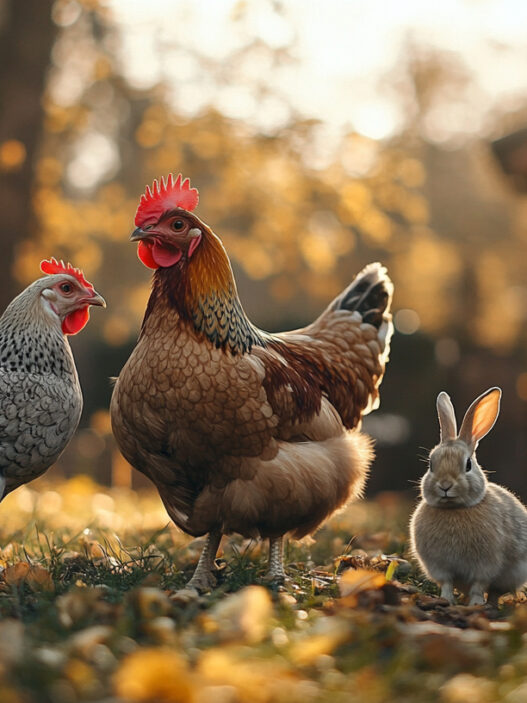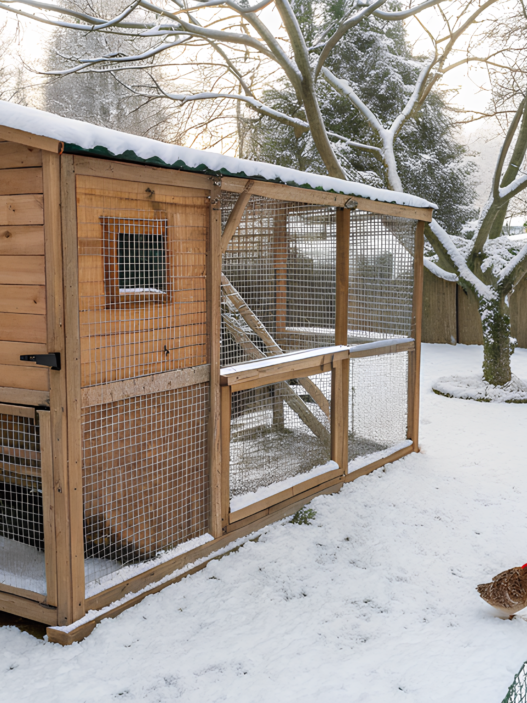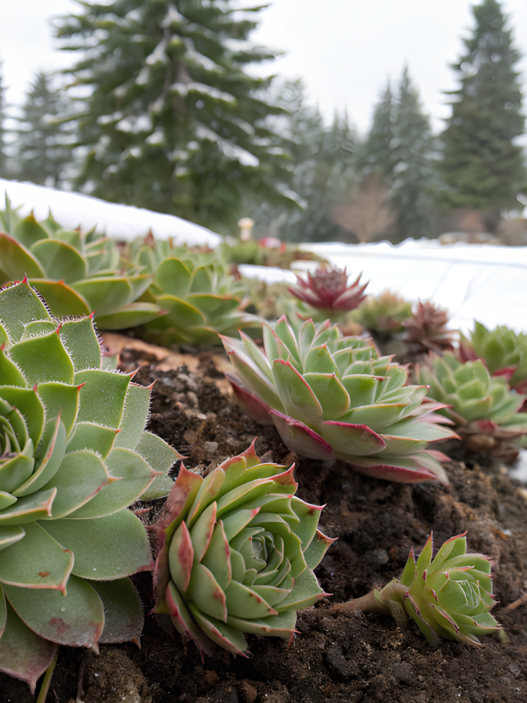When I first decided to add animals to my homestead, I had no idea where to start. And it’s no wonder – you’re probably pondering this too. Choosing between goats and sheep was a real dilemma. But after years of experience and many trials and errors, I can confidently say that this decision depends on your personal goals and preferences.
Kaylee Vaughn @ Rooted Revival
I want to share answers to the questions that came up for me during the selection process and while caring for these animals. Let’s dive in.
Goat versus Sheep: What to Choose?
First, it’s important to ask yourself how involved you want to be in animal care. If you have limited space and want animals that don’t cause much trouble, goats might be your best choice. They aren’t as picky as sheep and adapt easily to different conditions. For example, my goats even learned to climb small trees to reach juicy leaves when grass was scarce. However, if your goal is wool and you want peaceful animals that simply graze, sheep are what you need.
I wouldn’t want to give any ultimate advice since it’s your choice, but as you can see, I lean towards goats. They’re cute, give milk, and find their own food when grass is lacking – perfect! However, I also have sheep. You can read about how they came into my life by following the link in the previous sentence.

Can You Keep Sheep and Goats Together?
Yes, sheep and goats can live together. In my homestead, they get along just fine, although there were some issues initially. I remember how my first goats kept escaping from the pen while the sheep peacefully chewed on grass. I had to raise the fence and reinforce its construction. I quickly learned that cheap wooden fences might not withstand my new pets, so I chose a sturdier option with iron staples. I recommend doing the same.
It’s important to provide each group with enough space and food to avoid conflicts. Once, when I forgot to add feed, fights over food broke out, and I quickly realized that these moments should never be underestimated. I’m sure you don’t want to see a brawl in your barn one morning, right? By the way, this situation is quite similar to raising ducks and chickens together, which I described in another article recently.
Key Differences Between Sheep and Goats
| Characteristic | Goats | Sheep |
|---|---|---|
| Diet | Less picky, can eat bushes | Prefer grass and more tender greens |
| Behavior | Active, prone to escaping | Calm, tend to flock |
| Production | Milk (high fat content), meat | Wool, meat |
| Care Requirements | Need protection from escaping | Require regular wool care |
Can Goats Eat Sheep Feed and Vice Versa?
I’ve tested this with my own animals, and I can say – yes, but there are a few things to consider. Goats need more protein and minerals, especially if they’re milked. I noticed that sheep can suffer if they eat feed with excess copper, which is often added to goat feed. So, it’s better to separate feeding or choose feed suitable for both types.

Once, I made the mistake of buying general feed from Walmart that contained too much copper. As a result, several of my sheep started feeling unwell. I had to reconsider their diet and switch to separate feeding. Thank goodness my vet, Joe, who I’ve known for the past four years, arrived quickly and reassured me (no need for medications for the sheep, phew).
| Nutritional Requirement | Goats (Adults, per animal per day) | Sheep (Adults, per animal per day) |
|---|---|---|
| Hay | 4.5-6.5 lbs (2-3 kg) | 3.5-4.5 lbs (1.5-2 kg) |
| Concentrated Feed | 0.6-1.1 lbs (0.3-0.5 kg) | 0.4-0.9 lbs (0.2-0.4 kg) |
| Protein (in feed) | 12-16% | 10-14% |
| Water | 1.3-2.6 gallons (5-10 liters) | 0.8-1.8 gallons (3-7 liters) |
| Vitamin-Mineral Supplements | Vitamin A, D, Calcium | Vitamin A, D, Calcium |
Are Sheep or Goats Easier to Raise?
Speaking from personal experience, goats are less demanding when it comes to wool care, but they can be real escape artists. I had to build tall fences and reinforce them to keep the goats from running away. Sheep, on the other hand, aren’t as active but require regular shearing and wool care, especially during hot weather. I didn’t realize how important it was to regularly shear sheep until one of my rams suffered from overheating.
Do Goats and Sheep Get Along?
I can confidently say that sheep and goats can live together. They even have fun together sometimes. But it’s not without its challenges. My goats have always been more dominant, especially when it comes to food. To avoid conflicts, I started separating feeding areas and making sure all the animals got enough food. When I didn’t pay attention to this, conflicts were inevitable.
Goat Milk vs. Sheep Milk: Which is Better?
Goat milk is fattier and easier to digest. My friends and clients have always preferred it. Sheep milk, on the other hand, is richer in protein and fat, making it ideal for cheeses. I started making homemade cheese from sheep milk, and it became a hit with my family. Of course, the process takes time, but the result is worth it.
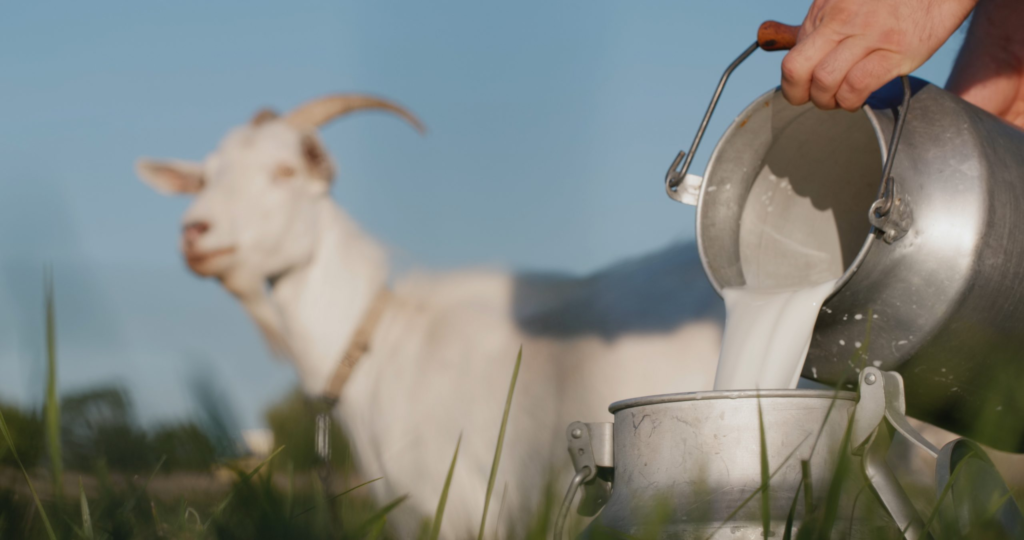
How to Help Animals Coexist
- Separate feeding areas. This helps avoid fights and conflicts.
- Build sturdy fences. Goats love to climb and escape, so the fence should be tall and strong.
- Monitor wool condition. Sheep need regular shearing, or they might overheat.
- Provide enough space. This helps avoid conflicts and improves living conditions.
- Don’t forget about water. Both groups of animals need constant access to clean water, especially in hot weather.
A Word to My Fellow Homesteaders
With proper organization and care, you can successfully raise these animals, and they will bring you joy and benefits. In my homestead, they have become an integral part, and I can’t imagine my life without them.
So choose those who resonate more with you and enjoy their company and the products they provide!
